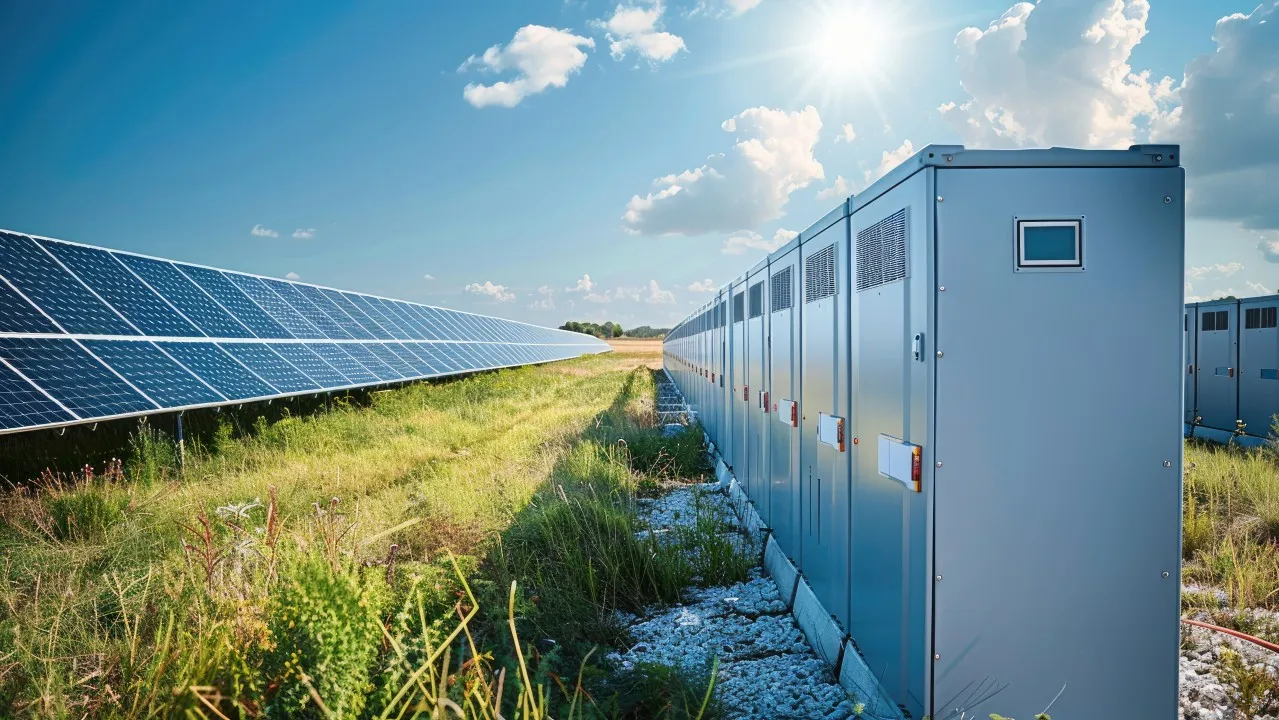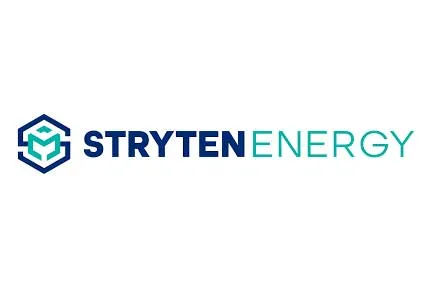
Georgia Tech and Stryten Energy Launch Advanced Lead Battery Energy Storage System to Accelerate Clean Energy Research and Innovation
In a major step forward for campus-based clean energy innovation, the Georgia Institute of Technology, in partnership with Stryten Energy LLC—a U.S.-based leader in energy storage solutions—has announced the successful installation of a state-of-the-art Lead Battery Energy Storage System (BESS) at Georgia Tech’s Carbon Neutral Energy Solutions Laboratory (CNES). This collaboration not only represents a cutting-edge technical achievement, but it also exemplifies a shared commitment to addressing real-world energy challenges through research, innovation, and sustainable infrastructure.
A Living-Learning Laboratory for Energy Innovation
The new Lead BESS installation at CNES, located in the North Avenue Research Area of Georgia Tech’s campus, is designed to serve as a “living-learning lab,” where theoretical energy research is tested through hands-on, real-world application. The facility itself is home to Georgia Tech’s Strategic Energy Institute (SEI), an interdisciplinary research hub focused on accelerating discoveries in energy systems, sustainable practices, and resilient infrastructure. Numerous faculty, postdocs, and students working on renewable energy systems, microgrids, storage technologies, and decarbonization strategies call CNES their research home.
The newly installed system will support a wide array of research initiatives related to Distributed Energy Resources (DERs), energy reliability, peak load management, and microgrid design, while simultaneously providing functional value by enhancing the building’s own energy infrastructure. Stryten Energy’s Lead BESS offers Georgia Tech researchers the ability to simulate, model, and monitor real-time energy storage and discharge behaviors in a campus-integrated environment.
The Power of Lead Batteries in Modern Energy Systems

Stryten’s Lead Battery Energy Storage System was selected for this inaugural project due to its well-documented advantages in cost-efficiency, safety, recyclability, and operational performance. Compared to other technologies, lead batteries offer a mature, proven, and circular solution for medium-duration energy storage—precisely the category that stands to benefit the most from increased research and development.
The installed system features bi-directional charging capabilities, which means it can both absorb electricity from the grid or renewable sources like solar panels and release that stored energy to meet peak loads or supply backup power when needed. This capability allows the system to perform critical functions such as load shifting, frequency regulation, and demand response—essential services for balancing renewable energy integration.
The system is also designed to seamlessly integrate with Georgia Tech’s existing solar photovoltaic (PV) array, thereby creating a synergistic loop between renewable generation and storage. By storing excess energy during periods of high solar generation and deploying that energy later—such as during late afternoon hours or overnight—Georgia Tech is taking important steps toward energy independence and emissions reduction.
Strategic Vision for Sustainable Campuses
Christine Conwell, interim executive director of the Strategic Energy Institute at Georgia Tech, underscored the importance of embedding sustainable practices and experimentation into the core operations of the university. “Georgia Tech’s strategic plan envisions our campus as a dynamic laboratory and experimental test bed, where sustainable practices are seamlessly integrated into our operations,” said Conwell. “Through enduring partnerships with organizations like Stryten, we are creating mini ecosystems that yield valuable situational data to help chart a path for innovative energy research well beyond the campus.”
This integration of operational infrastructure with research goals is a growing trend in higher education, particularly at leading research institutions with climate and energy mandates. Rather than relegating sustainability to abstract theory, Georgia Tech is embedding clean energy innovation into the literal fabric of campus life—leveraging its own facilities as both subject and tool of scientific discovery.
A Pioneering Role for Behind-the-Meter Storage
The partnership with Georgia Tech represents a strategic milestone for Stryten Energy as well. According to Scott Childers, vice president of essential power at Stryten Energy, the deployment of lead BESS at the CNES Lab signifies an evolution in how energy storage systems are viewed—not just as utility-scale grid components, but also as scalable solutions for commercial, institutional, and behind-the-meter use cases.
“As solar and other renewables hit the market years ago, large utility-scale implementations were clearly the focus,” said Childers. “With the introduction of this BESS powered by lead batteries, we see behind-the-meter applications getting their day in the sun. We are particularly excited about deploying this unit in commercial and industrial microgrids and paired with EV charging stations to help the U.S. achieve its energy goals.”
The potential applications for this type of system are vast. From enhancing grid resilience to reducing energy costs for commercial users, and from supporting EV charging infrastructure to serving as a test bed for innovative business models, the Lead BESS at Georgia Tech has broad implications far beyond the walls of the laboratory.
Enabling the Future of Distributed Energy Research
Richard Simmons, director of research and studies at SEI, emphasized that the Lead BESS installation represents a critical piece of the distributed energy resources puzzle. With increasing emphasis on grid decentralization, microgrids, and user-level energy autonomy, DERs are playing an increasingly central role in the energy landscape.
“This system allows Georgia Tech researchers to precisely control and study charging and discharging cycles, in close coordination with the building’s rooftop solar PV array and the new electric vehicle (EV) charging test bed,” Simmons explained. “That means we can time-shift solar input to align with demand patterns, such as late-afternoon building loads, and store renewable electricity to charge vehicles at night.”
These capabilities mirror real-world challenges faced by utilities and grid operators nationwide, where balancing intermittent renewables with fluctuating demand is one of the most complex aspects of grid modernization. Georgia Tech’s research will help generate valuable insights into how different storage technologies interact with real-time loads, weather patterns, and market signals.
A Platform for Broader Energy Storage Research
While the Lead BESS is a milestone in itself, Georgia Tech is already planning for a broader suite of energy storage technologies as part of its living lab ecosystem. “It is our hope that the lead BESS will be one of several living lab battery pilots at Georgia Tech,” said Simmons. “Along with regional partners, our researchers are exploring similar R&D and testing projects involving flow batteries that can facilitate longer-duration storage, as well as lithium-ion BESS that may integrate second-life EV battery modules for grid resilience, driving advancements in sustainable energy research.”
By embracing a multi-technology approach to storage R&D, Georgia Tech is positioning itself to serve as a national leader in battery innovation, systems integration, and sustainable energy design.
Toward a Smarter, Cleaner, More Resilient Energy Future
This project represents a convergence of vision, technology, and institutional willpower—where academia and industry unite to tackle urgent energy challenges. From training students and supporting cutting-edge research to delivering tangible environmental and operational benefits, the Lead BESS installation at Georgia Tech marks an important step toward a more intelligent, flexible, and sustainable energy future.
As clean energy transitions accelerate across the globe, collaborative efforts like this will be crucial in transforming our energy systems from centralized and carbon-intensive to decentralized, decarbonized, and deeply data-informed.
With the successful launch of this battery energy storage system, Georgia Tech and Stryten Energy are not only advancing the state of energy research—they are helping to chart the course toward a better energy future for all.










